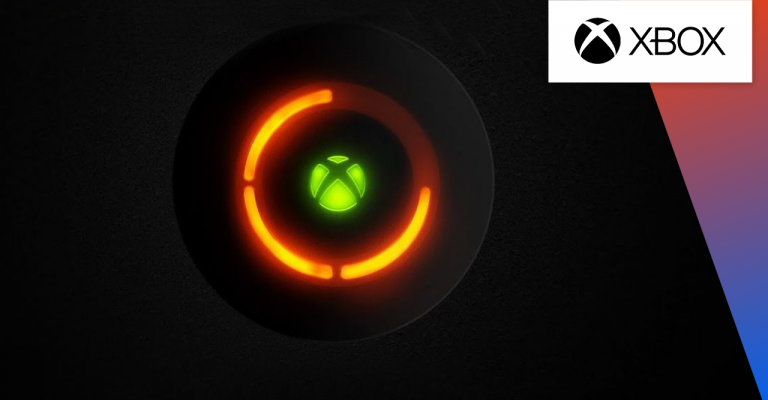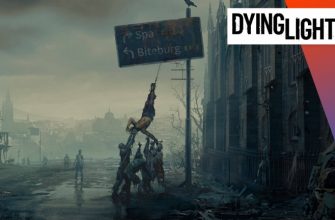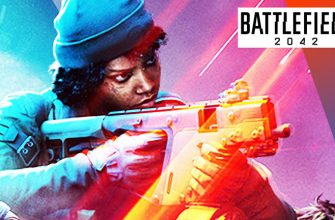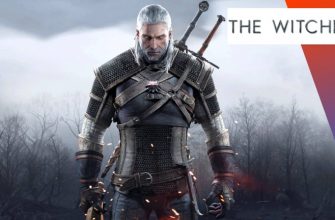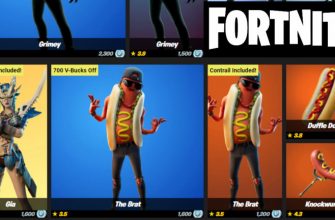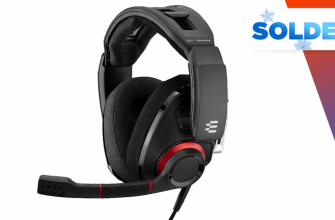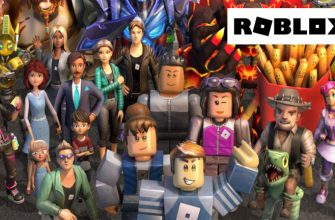Even before the project is officially approved, two teams are waging a terrible war to impose their vision on a future games console made by Microsoft. There is the DirectX team who wanted to do the Xbox versus the Windows CE team who wanted to do something less ambitious, and therefore less financially risky. Ted Kummert was running Windows CE at this time, an operating system designed for laptops or consoles. It is this famous Windows CE which was in the heart of the Dreamcast thanks to a partnership signed with Sega. He and his team have their own idea of what Microsoft should do, and it has nothing to do with Xbox. “These guys think they know how to make a game console and they should do it for us. We opened the door and Bill’s interested in a console, now they’re gonna pull us aside and they’re gonna go through the door.” annoys Seamus Blackley. “They were funded, they had a name, they had leadership, executive support”Adds Otto Berkes. The DirectX and Windows CE teams compete in order to prove to Bill Gates the legitimacy of their projects. “This was what Microsoft often seemed to do, pitting two groups of smart people against each other.”Reveals Alan Hartman of Dreamworks. The fight is violent, the games take place in the presence of a Gates who does not hesitate to force the confrontations. “They were talking roughly about recreating the 3DO or making a games console similar to anything that already exists. You don’t enter the market by copying the competition” gets angry Seamus Blackey. At this point in the project, the DirectX teams feel the tide and see the plans slip away.
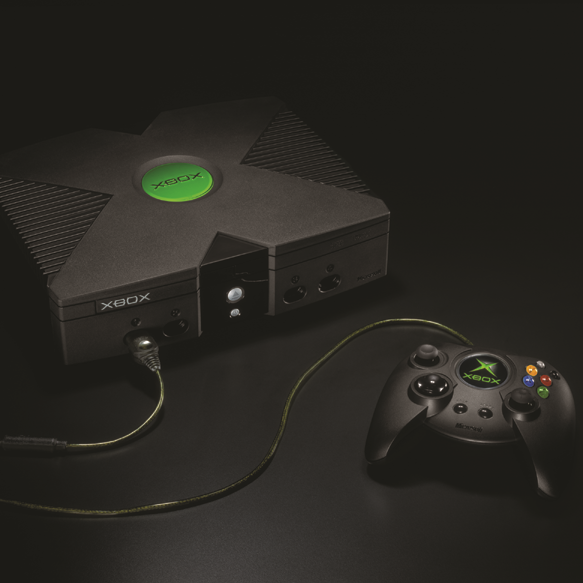
The stroke of genius comes from a prototype hastily made by the DirectX team, which managed to hack a version of Windows bundled into a small box with various components. While it took several minutes to boot Windows on PC, the operating system launches here in just four seconds. When they show their creation to Bill Gates, the latter exults: “why Windows doesn’t start like this all the time?”. “It was perhaps the first time he saw a PC boot immediatelyThis quickly manufactured prototype features a PlayStation emulator capable of running Tomb Raider.It made the idea that the Xbox was tangible, real, and achievable.” says Otto Berkes. “I think we underestimated them”Confesses Ted Kummert of Windows CE. Bill Gates is convinced and asks the DirectX team to present the project to Steve Ballmer, the CEO of the firm. The latter will also be interested. It is indeed the proposal of the DirectX team which is retained.
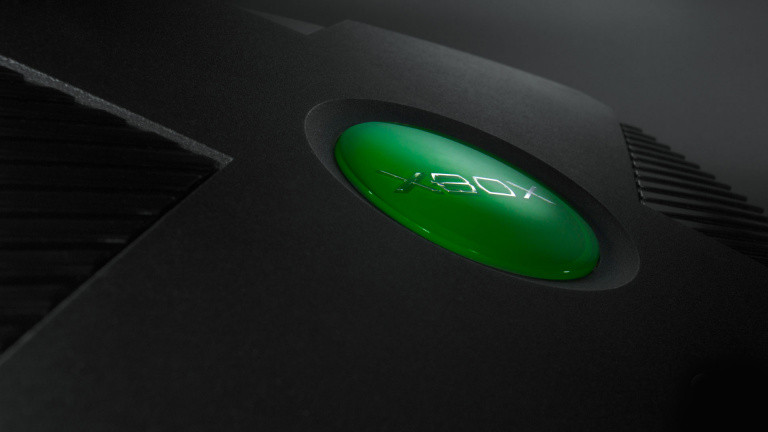
Later, the Xbox almost never got endorsement by Bill Gates and Steve Ballmer. One month before GDC 2024, the big bosses invite the thinking heads of the Xbox project and dismantle the whole vision of the project. “The tone was going up so I said ok, we don’t”Remembers Robbie Bach, the project manager. The “X“from Xbox could have been permanently erased if Bill Gates had not decided to continue the adventure in order to prevent Sony from controlling the living rooms with his PlayStation 2.

After many adventures, the Xbox was released on November 15, 2001 in the United States and enjoyed solid success thanks to Halo. Xbox Live was released the following year and managed to exceed sales estimates. Even though Microsoft is losing money with the Xbox, the American giant is starting to design a new console, the Xbox 360. “Our obsession was to do better than the PS3”Reports Peter Moore, the boss of the brand at that time. The global launch forced Microsoft to produce a lot, and to have very tight deadlines. Too tight. The design of the machine is finalized as production begins. But the Redmond firm is starting to receive reports. Out of 100 consoles manufactured, only 50 or 60 function properly. “It was very bad” confesses Leo Del Castillo (hardware engineering group since 1999). “We had to determine if the problem was due to the product or to our testing methods.”He adds. Defective consoles were packaged and then stacked for later corrections. During this period, 600,000 defective consoles haunt the warehouses. Over the months, the technical teams manage to resolve the issues and the defective console battery decreases.
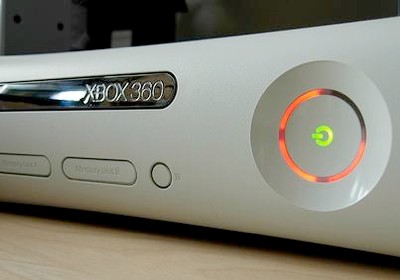
At the end of 2005, the Xbox 360 hit stores around the world. Sales are off to a good start. But in June 2006, a new problem appeared. Little by little, the after-sales service lines are saturated. The players speak, then the press: Xbox 360s are experiencing the Red Ring of Death, a hardware failure that makes consoles unusable. “If they don’t fix it, I go to the enemy” says Snoop Dogg, emblematic fan of the wholesale brand “X”. The discontent rises, the players are fed up with seeing their consoles break down. The press is increasing the number of articles and requests from the Redmond firm to understand what is happening. Behind the scenes Microsoft cannot find the cause of the problem. Some believe that the solder on the motherboard breaks and dries out, resulting in loss of connection. But nothing is proven.
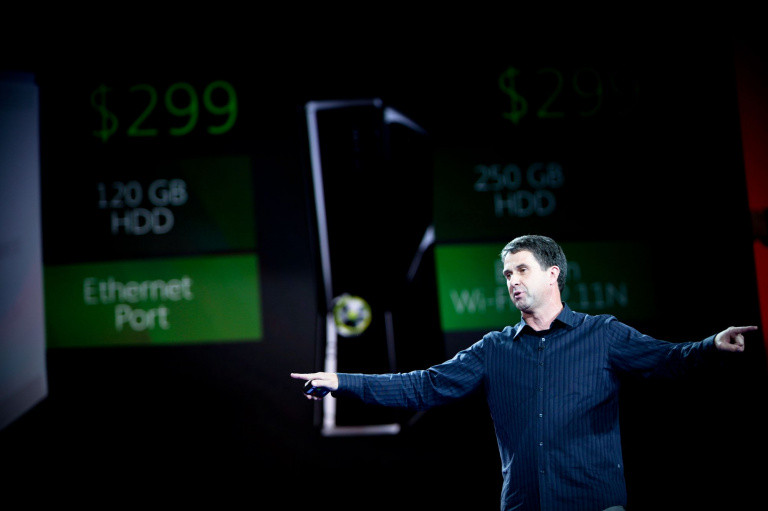
Microsoft then takes a heavy decision: to stop the production of Xbox 360. The idea is not to sell any more machines until the problem is not solved, even if it means that the players turn to Sony or Nintendo. Finally, the engineers identify the source of the failure : the connections break for thermal reasons. The fact that the console heats up and cools down all the time puts a strain on it. Microsoft must now repair the consoles of all players affected by this issue. Peter Moore meets Steve Ballmer and asks him for over a billion dollars to correct this problem in the best possible way – that is, by bringing a delivery guy to every player affected by the problem.. The bill is salty, but Steve Ballmer accepts. All professionals agree that without this decision, Xbox would no longer be here today.
Finally, the brand could have disappeared following the failed launch of the Xbox One. On July 1, 2013, 18 days after E3 where the Xbox One was mocked, Don Mattrick left Microsoft. His haphazard statements and his vision for the brand created a lot of distrust among gamers. Xbox teams are confused. In November, the console comes out and gets off to a good start thanks to the support of the fans. But from April, sales fall and the PlayStation 4 takes off. The future of the brand is once again at stake. To save what can be and to start again on a healthy basis, Phil Spencer, freshly landed at the head of Xbox, sets up with his teams a plan to avoid the collapse. He’s pulling Kinect out of the boxes to lower the price of the console, he’s shutting down Xbox Entertainment Studios to focus on games, and he’s betting on independent developers by setting up ID @ Xbox. The rest, we know it. Thanks to the support of Satya Nadella, he acquires new studios and makes aggressive offers with the Game Pass.
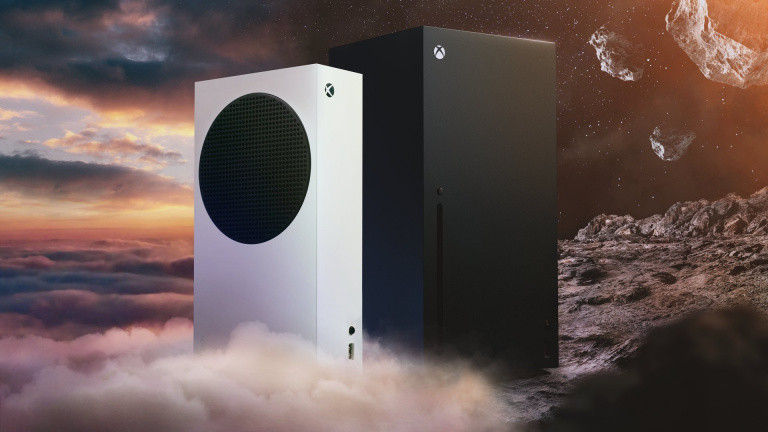
Power On: The Story of the Xbox is available in full via here.

